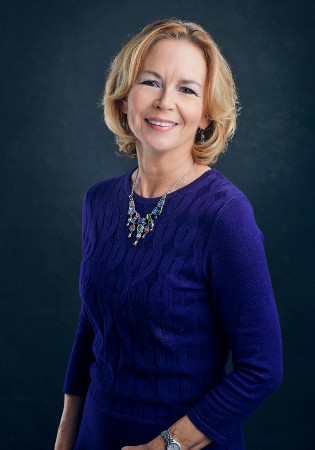The following is an article on Reverse Mortgages provided by Jody Bruns, Certified Divorce Lending Professional, who is the President and Founder of the Divorce Lending Association, LLC.
Couples can divorce later in life for the same reasons younger couples split up – but when you’re over 50, these reasons are framed by aging and the realization that you have more years behind you than ahead of you.
While there may be differences in the emotional impact of divorce for couples who end their marriage later in life, the biggest difference is that there is less time to recover financially. The divorce rate for those over the age of 50 has doubled since the 1990’s. Those 65 and older, the divorce rate has tripled from 1990 to 2015.
A reverse mortgage is a type of loan that allows eligible homeowners, those at least age 62, to withdraw equity from their homes. They must own the home outright or have paid down most of the mortgage balance. The borrowers must occupy the property as their primary residence at all times. The mortgage only becomes due and payable when the home is no longer the borrower’s primary residence – this can happen when they move into a retirement or assisted living home or upon death.
When a reverse mortgage is obtained, the initial loan proceeds will be used to pay off any mandatory obligation such as an existing mortgage. During recent years, the payout of the remaining proceeds from a reverse mortgage is now limited to 60% of the principal limit during the 1st year. So – if a reverse mortgage is going to be used to pay the other spouse their equity share incident to divorce, we need to make sure the equity buy-out is a requirement in the divorce settlement so it also becomes a mandatory obligation and may be paid immediately through the reverse mortgage.
When There Is An Existing Reverse Mortgage:
What happens when a couple divorces and there is already an existing reverse mortgage on the marital home? If both spouses are mortgagees on the current reverse mortgage, one spouse may still elect to stay in the marital home with no acceleration of the mortgage note.
The spouse may elect to submit the final settlement agreement to the mortgage servicer and the vacating spouse may be removed from title to the home as well as the existing reverse mortgage. The vacating spouse may then elect to use a new reverse mortgage to purchase a new home.
But what happens if the spouse who wants to retain the marital home is NOT on the existing reverse mortgage? There are two classes of non-borrowing spouses. One is an eligible non-borrowing spouse and one is an ineligible non-borrowing spouse. How a spouse is listed on a reverse mortgage can affect their ability to stay in the home if the other spouse moves out or passes away. If the non-borrowing spouse was in-eligible at the time the existing reverse mortgage was taken out, if they are now eligible – perhaps the easiest remedy is to obtain a new reverse mortgage in their name to pay off the existing reverse mortgage. Otherwise, the existing reverse mortgage may need to be refinanced or paid in full in order for the ineligible non-borrowing spouse to remain in the home.
Whether it’s because divorce is more acceptable now than it was in the past or because more elderly couples are running into unresolvable issues during retirement, many factors contribute to the high divorce rate among seniors. While divorce is never easy, it can be uniquely challenging for seniors. Regardless of the ‘why,’ serious financial considerations for divorcing seniors may impact housing and real property concerns. And housing is a primary necessity irrespective of age.
problem-solving, leading to better outcomes.
Knowledge is a game changer.

